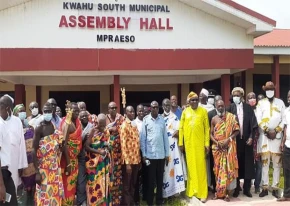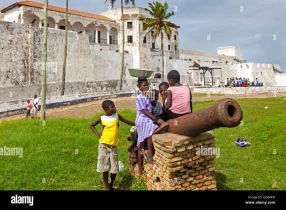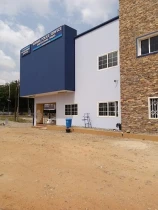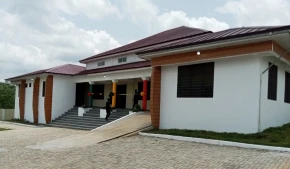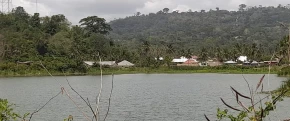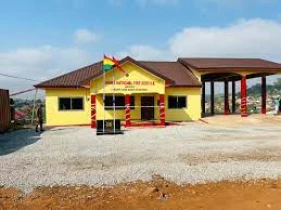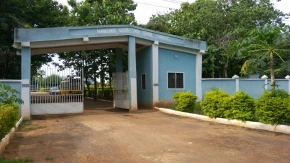Stories and facts
The Pru East District is one of the 261 Metropolitan, Municipal, and District Assemblies (MMDAs) situated in Ghana. It constitutes part of the 11 such MMDAs in the Bono East Region, with its administrative capital located in Yeji.
Established through Legislative Instrument (L.I) 1778 in 2004, the district emerged from the former Atebubu District. Its geographic coordinates span between Longitudes 00°30”W and 10°26”W and Latitudes 70°50”N and 80°22”N, covering an expanse of 1690 square kilometers.

Boundaries of the district are shared with East Gonja Municipal to the north, Sene East and West Districts to the east, Nkoranza South Municipal and Atebubu-Amantin Municipal to the south, and Kintampo North Municipal and Kintampo South District to the west.
According to the 2021 Population and Housing Census, the district's population stands at 101,545, with 51,087 being males and 50,458 being females.
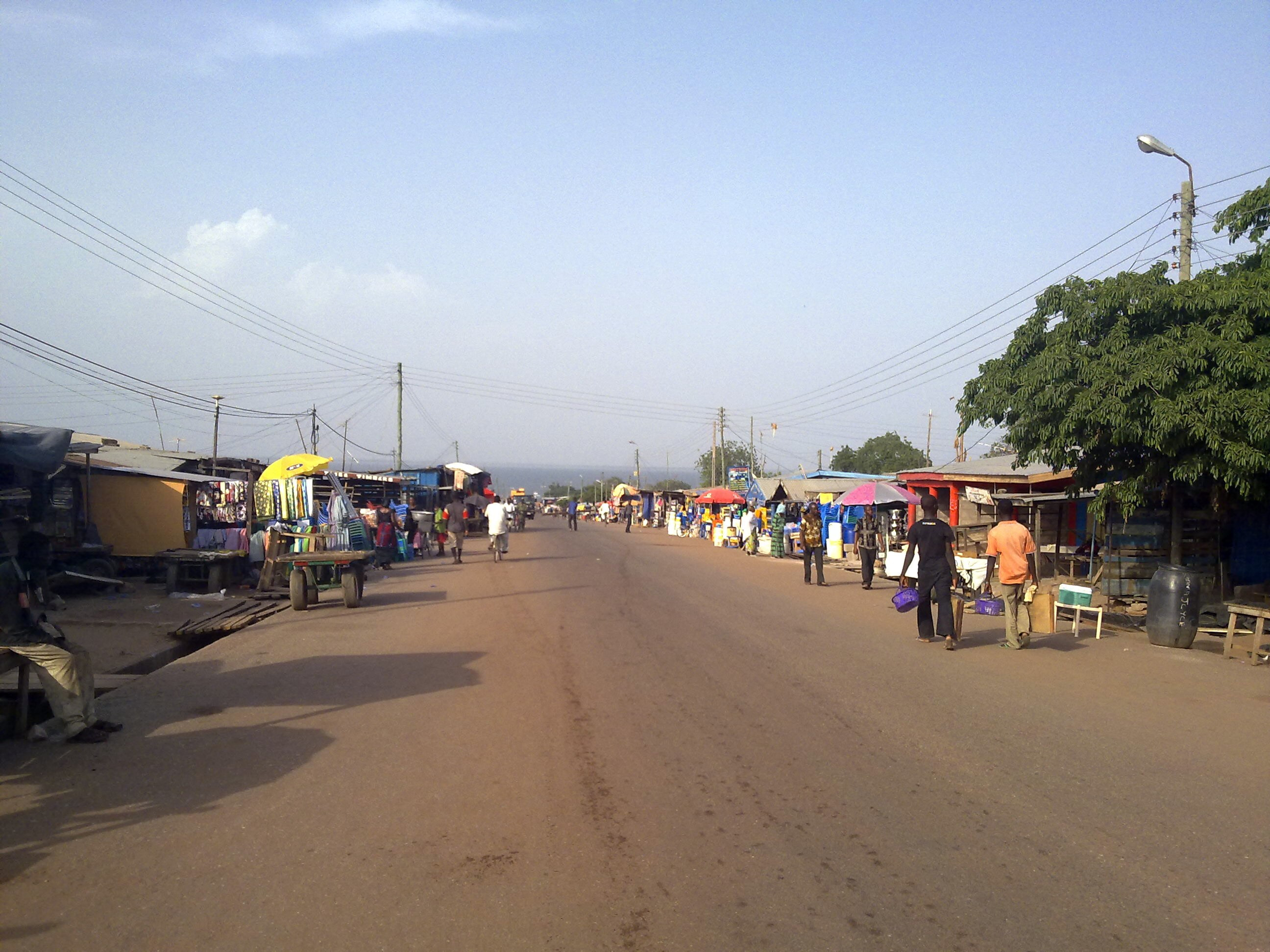
Focusing on fertility, mortality, and migration, the Total Fertility Rate (TFR) in the district is 3.4, while the General Fertility Rate (GFR) is 98.5 births per 1000 women aged 15-49 years, ranking fifth lowest in the region. The Crude Birth Rate (CBR) is 23.1 per 1000 population, and the Crude Death Rate (CDR) is 2.72 per 1000. Notably, accidents, violence, homicide, and suicide constitute 6.3 percent of all deaths, with the remaining 93.7 percent attributed to other causes. A significant majority (79.5%) of migrants in the district were born in other regions of Ghana, with the Northern (32.6%), Volta (18.3%), and Upper West (11.2%) regions being the top birthplaces for migrants from other regions.
In terms of household size, composition, and structure, the district has a household population of 127,069, distributed across 22,579 households. The average household size is 5.6 individuals. Children make up 49.6 percent of household members, while spouses constitute about 10.3 percent. Nuclear households, consisting of a head, spouse(s), and children, represent 31.7 percent of the total households in the district.
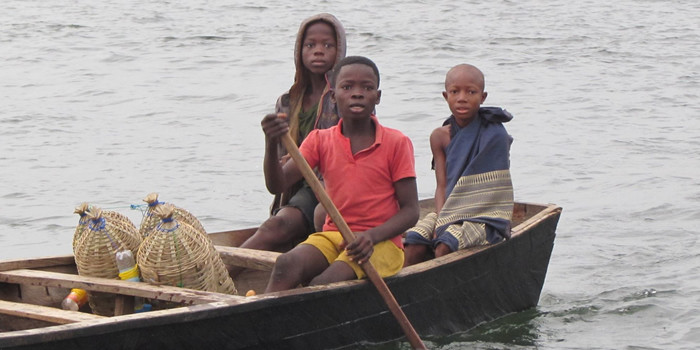
Regarding marital status, approximately 44.9 percent of individuals aged 12 years and older are married, while 44.8 percent have never married. Consensual unions account for 2.4 percent, widowed individuals make up 3.9 percent, divorced individuals constitute 2.4 percent, and separated individuals represent 1.6 percent. Notably, among those aged 25-29 years, 68.9 percent of females are married, compared to 36.8 percent of males.
Moving to economic activity, approximately 71.7 percent of the population aged 15 years and older are economically active, with 97.6 percent of the economically active population being employed and 2.4 percent unemployed. Within the employed population, around 66 percent are engaged in skilled agricultural, forestry, and fishery work, 11.7 percent are in service and sales, 14.1 percent are in craft and related trades, and 4.3 percent are employed as managers, professionals, and technicians.

In terms of infrastructure, the district is characterized by its housing stock, types of dwelling units, and material used for construction. There are 17,932 housing units in the Pru District, accounting for 13.9 percent of the total number of houses in the Brong Ahafo Region. Compound houses make up 50.7 percent of all dwelling units, while separate houses constitute 35.1 percent and semi-detached houses represent 4.2 percent.
The main construction material for outer walls is mud/mud bricks or earth (58.5 percent), and cement/concrete makes up 27.9 percent. For floors, cement (73.4 percent) and mud/earth (23.7 percent) are the primary materials used. Metal sheets are the predominant roofing material, accounting for 62.6 percent of dwelling units.
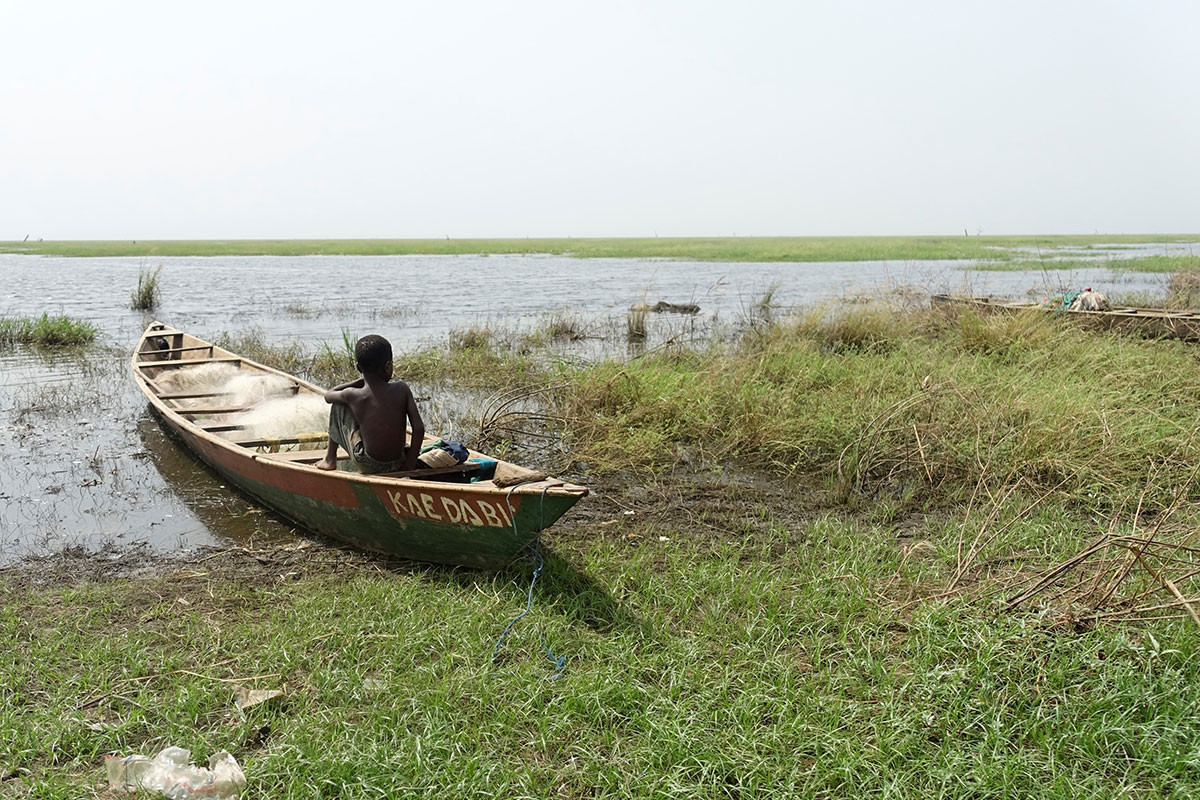
The district's transportation system relies primarily on roads, with a total road length of 480 kilometers, including 68 kilometers of highway. Additionally, water transport is significant, particularly on the Volta Lake, where ferries, boats, and canoes facilitate movement and trade. The Akosombo Queen Ferry serves as a crucial link between the district and other regions of Ghana.
In terms of economic activities, agriculture, encompassing farming and fishing, constitutes the primary economic driver in the district. Yeji, the district capital, is a key supplier of smoked/salted fish, cattle, and food crops, with the fish market serving as a significant source of revenue. The district boasts various untapped tourism potential, including natural attractions like beaches, islands, caves, and waterfalls.
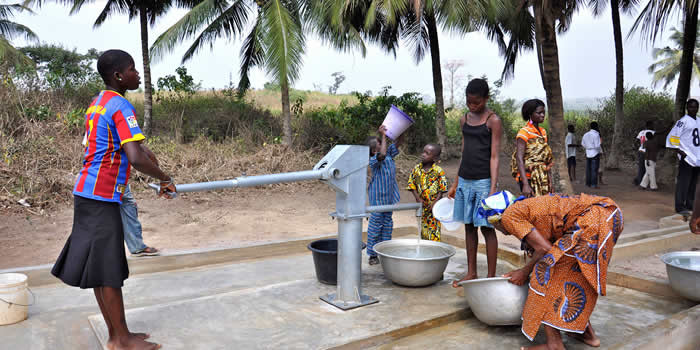
Overall, the Pru East District in Ghana showcases a blend of cultural heritage, economic activities, social infrastructure, and geographical features that contribute to its unique identity and potential for growth and development.



